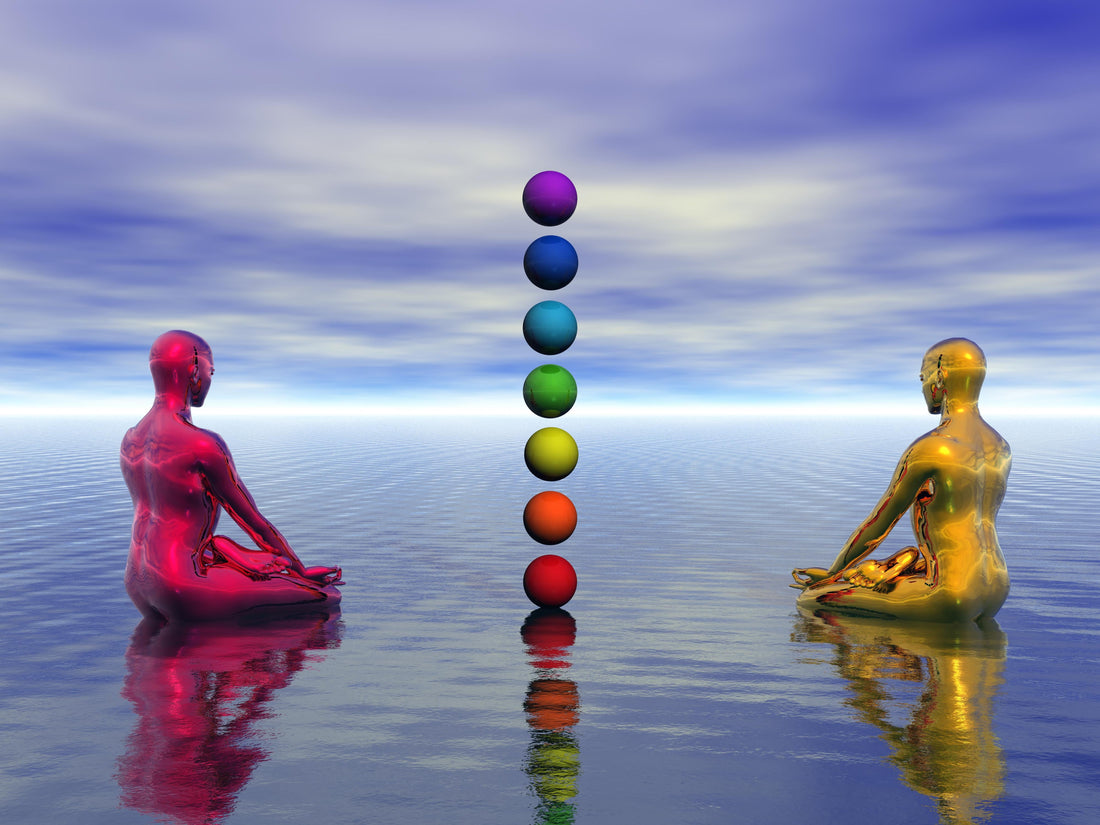Samādhi: How Dare I Try To Explain This! by Marcus Antebi
Samadhi: A state of intense concentration achieved through meditation. In Hindu yoga this is regarded as the final stage, at which union with the divine is reached (before or at death).
Samādhi (Sanskrit: समाधी, also called samāpatti), in Hinduism, Jainism, Buddhism, Sikhism and yogic schools, is a state of meditative consciousness. In the yogic traditions, and the Buddhist commentarial tradition on which the Burmese Vipassana movement and the Thai Forest tradition rely, it is a meditative absorption or trance, attained by the practice of dhyāna. In the oldest Buddhist suttas, on which several contemporary western Theravada teachers rely, it refers to the development of a luminous mind which is equanimous and mindful.
At this moment in time I pay respect to all the great teachings from my ancestors. One great teaching that I derived from them was that I had to stop learning from them and I had to make some discoveries on my own in order to truly integrate them into my mind. So at this point I’m breaking free of the masters. In essence I’m saying, “Thank you, teachers, but now I’m on my own.”
The first thing that I discovered was this great word “enlightenment,” Also known as “Samadhi” in Sanskrit. Over the years I’ve read different meanings of it, and all the meanings were confusing to me. I finally had my own vision of what the word means to me, and it’s a word that I’ve had tattooed on my body since 1996. To me the word “Samadhi” means perfect concentration and focus.
It doesn’t mean that you have to have that for the rest of your life or any specified period of time. If you reach perfect concentration, there is a new precision and accuracy in your mind. It’s a mental state, not a spiritual one. In this mental state, all things fade away, except the concentration on the concentration. Conceptually, it’s as if you’re looking in a mirror that’s in the mirror that’s in the mirror.
There are levels below that which are still pretty great. Just to be able to focus on your breath and relax and reset yourself each day is a tremendous thing. We can get so distracted on any one given day that on the following day we find ourselves in total confusement.
That is why we practice our meditation, our breathing, our yoga, and our exercise. We’ve got to get into the meditation and say, “Oh, my God, look how distracted I am. Look how crazy it got in my mind.” Follow the breath, keep breathing, and stay with it. Compete with yourself and remind yourself of what you’re doing. Slowly but surely you’ll find that relaxed state.
Can you get to perfect concentration? The benefit after achieving that is when you leave the meditation and resume your life you can be re-grounded and re-centered. Your personality will still be there. But you won’t be a clone of your master, you won’t look like a Buddha or Yogi, and you may or may not be able to fold yourself into a pretzel. Maybe you’ll be very aware of time. Maybe you’ll want to go home and make a beautiful painting, or maybe you’ll figure out a strategy to deal with your wife’s son who doesn’t like to listen to her. Maybe you’ll get your car washed. Maybe you’ll find a pair of keys that you misplaced. Maybe you’ll write a poem. Maybe you’ll do any one of one million trillion things that we do, but you’ll do it with concentration and focus.
The ultimate purpose of meditation is to realize, “I am here.” I view that as the ultimate reality. I am here. I am in this moment. I no longer fight with that truth. I recognize that is the only thing tangible in this moment. Everything else is a concept of philosophy, possibility, partial truths, nonsense, and fantasy.
What state of mind do the Aboriginal people have that is similar to samadhi?
Indingenius people that live in the americas?
What did they speak of?
African tribesmen?
Inuits?
